Using Social Media to Build Library Communities
LIBRARY INFORMATION TECHNOLOGY ASSOCIATION (LITA) GUIDES
Marta Mestrovic Deyrup, Ph.D.
Acquisitions Editor, Library Information and Technology Association, a division of the American Library Association
The Library Information Technology Association (LITA) Guides provide information and guidance on topics related to cutting-edge technology for library and IT specialists.
Written by top professionals in the field of technology, the guides are sought after by librarians wishing to learn a new skill or to become current in todays best practices.
Each book in the series has been overseen editorially since conception by LITA and reviewed by LITA members with special expertise in the specialty area of the book.
Established in 1966, LITA is the division of the American Library Association (ALA) that provides its members and the library and information science community as a whole with a forum for discussion, an environment for learning, and a program for actions on the design, development, and implementation of automated and technological systems in the library and information science field.
Approximately 25 LITA Guides were published by Neal-Schuman and ALA between 2007 and 2015. Rowman & Littlefield took over publication of the series beginning in late 2015. Books in the series published by Rowman & Littlefield are:
Digitizing Flat Media: Principles and Practices
The Librarians Introduction to Programming Languages
Library Service Design: A LITA Guide to Holistic Assessment, Insight, and Improvement
Data Visualization: A Guide to Visual Storytelling for Librarians
Mobile Technologies in Libraries: A LITA Guide
Innovative LibGuides Applications
Integrating LibGuides into Library Websites
Protecting Patron Privacy: A LITA Guide
The LITA Leadership Guide: The Librarian as Entrepreneur, Leader, and Technologist
Using Social Media to Build Library Communities: A LITA Guide
Using Social Media to Build Library Communities
A LITA Guide
Edited by Scott W. H. Young and Doralyn Rossmann
Rowman & Littlefield
Lanham Boulder New York London
Published by Rowman & Littlefield
A wholly owned subsidiary of The Rowman & Littlefield Publishing Group, Inc.
4501 Forbes Boulevard, Suite 200, Lanham, Maryland 20706
www.rowman.com
Unit A, Whitacre Mews, 26-34 Stannary Street, London SE11 4AB
Copyright 2017 by American Library Association
All rights reserved . No part of this book may be reproduced in any form or by any electronic or mechanical means, including information storage and retrieval systems, without written permission from the publisher, except by a reviewer who may quote passages in a review.
British Library Cataloguing in Publication Information Available
Library of Congress Cataloging-in-Publication Data Available
ISBN 978-1-4422-7050-3 (hardback : alk. paper) | ISBN 978-1-4422-7051-0 (pbk. : alk. paper) | ISBN 978-1-4422-7052-7 (electronic)
 The paper used in this publication meets the minimum requirements of American National Standard for Information SciencesPermanence of Paper for Printed Library Materials, ANSI/NISO Z39.48-1992.
The paper used in this publication meets the minimum requirements of American National Standard for Information SciencesPermanence of Paper for Printed Library Materials, ANSI/NISO Z39.48-1992.
Printed in the United States of America
Acknowledgments
Scott W. H. Young and Doralyn Rossmann wish to thank their colleagues at Montana State University Library and across the profession who provide countless ideas and endless inspiration. Most especially, this book simply would not have been possible without the work and insight of the contributing authors. Our many, many thanks to Lisa, Laura, Andrew, Jessica, Rebecca, Dana, Angel, Patricia, Chris, Joanna, Stony, Katie, Jarrett, and April.
Lisa Bunker would like to acknowledge Jen Maney, Justine Hernandez, Jessica Pryde, Karen Elson Anderson, Lupita Chavez, and Lori Thayer. Chris Chan and Joanna Hare would like to thank the senior management of their respective libraries for their support of this project. April Hathcock offers heartfelt thanks to all those who make up her critical community on Twitter and beyond. You challenge and encourage her in so many ways and she is grateful. Dana Knott would like to thank Columbus State Community College, the Columbus State Library, and, in particular, outreach and engagement librarian Julie Zaveloff for her expertise and assistance.
Preface
Purpose
Libraries build communities. By fostering idea exchange and knowledge building, libraries help shape and sustain communities at universities, cities, small towns, online venues, and every other place where a library is found. Strong communities of all kinds are underpinned by common characteristicsunity, shared purpose, and shared values. In these strong communities, the library can be an active participant in expressing communal values, thereby cultivating a collective power among librarians and library users alike. As both a place and as a service, the library then functions as a dynamic social force for bringing real people together and effecting real change, ultimately for the benefit of its diverse communities.
From this context, Using Social Media to Build Library Communities: A LITA Guide represents a community-building action manual for practitioners across the profession. By bringing together an array of perspectives to explore community building through social media, Using Social Media to Build Communities: A LITA Guide can serve as the go-to resource for professionals who want to take social media beyond marketing and promotion to build an inclusive and engaged community of library users.
Libraries often focus their social media efforts on marketing library services and events. Consequently, many books, articles, and blog posts in the library literature characterize marketing and outreach as the primary function of social media. From this perspective, social media takes on a product-focused, one-way, broadcast-oriented style of communication. While promotion is an important aspect of social media and indeed necessary for libraries in general, we do not believe this to be the main purpose of social media. Rather, we see social media as a tool for conversation, community, and social good. As trusted members of our communities, libraries can approach social media with a people-focused, interactive, dialogue-oriented communication that aims to build a sense of connection and unity through shared purpose and shared values.
Using Social Media to Build Library Communities: A LITA Guide can help you build your community. The contributors to this volume have built communities of users in public libraries, academic libraries, and community college libraries. They have built communities of fellow social media practitioners, educators, and information professionals. And they have built communities and collections where social justice and critical dialogue are central driving forces. In assembling such experience and expertise, this book aims to generate motivation and momentum toward a practice of social media that is focused primarily on building community relationships through personal connection.
Structure
The chapters of Using Social Media to Build Library Communities: A LITA Guide are organized into three thematic parts.
Part I, Building Communities of Library Users, opens with a suite of case studies demonstrating real-world community-building practices in a variety of library settings: public library (chapter 1), academic library (chapter 2), community college library (chapter 3), and health-sciences library (chapter 4). Chapter 1 also features overviews of todays leading social media platforms and offers guidance for finding a voice on social media that can be applied in any library context. Taken together, these chapters will provide a practical getting-started road map that can be adapted for your local environment. Part I is rounded out by a chapter that details the strategies and impacts of advertising on Facebook (chapter 5), which can help you continue to build your community using the ad-placement mechanisms of Facebook.
Next page
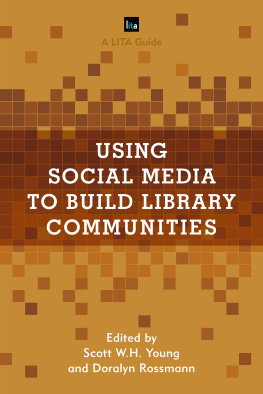

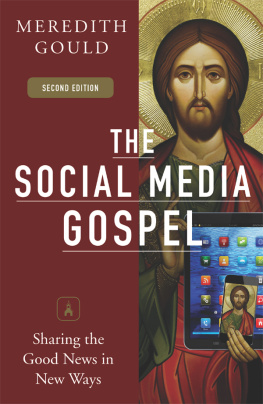
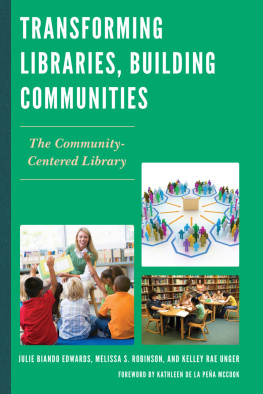
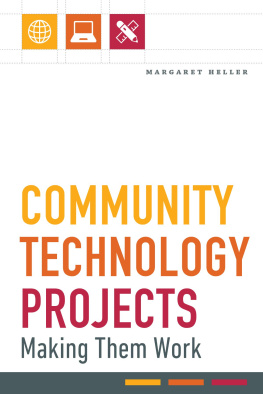
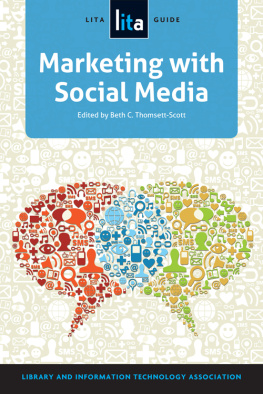

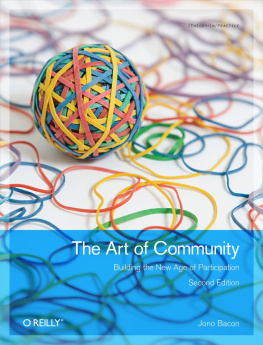
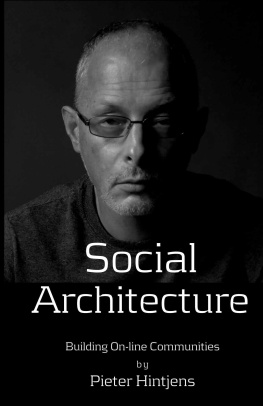
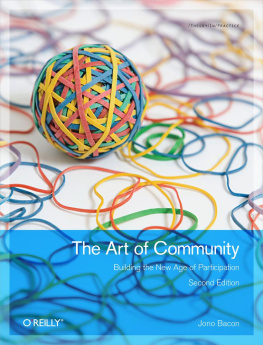
 The paper used in this publication meets the minimum requirements of American National Standard for Information SciencesPermanence of Paper for Printed Library Materials, ANSI/NISO Z39.48-1992.
The paper used in this publication meets the minimum requirements of American National Standard for Information SciencesPermanence of Paper for Printed Library Materials, ANSI/NISO Z39.48-1992.